Home>Interior Design>7 Basic Interior Design Rules From The World’s Best Designers
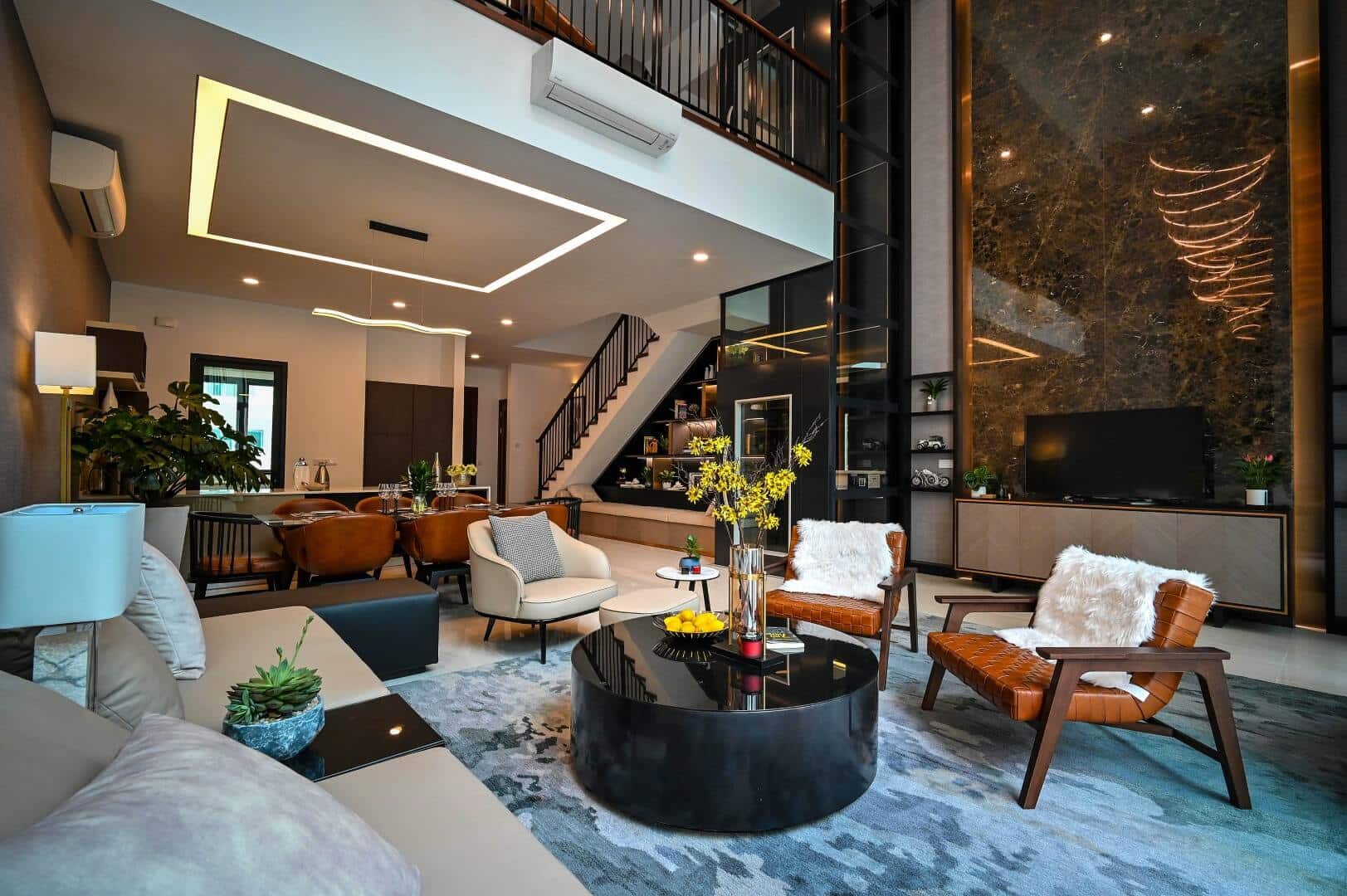

Interior Design
7 Basic Interior Design Rules From The World’s Best Designers
Modified: February 28, 2024
Discover the 7 essential interior design rules directly from the world's top designers. Enhance your space with these expert tips and create a stunning interior design.#
(Many of the links in this article redirect to a specific reviewed product. Your purchase of these products through affiliate links helps to generate commission for Storables.com, at no extra cost. Learn more)
Introduction
When it comes to interior design, there are certain rules that the world’s best designers abide by. These rules serve as the foundation for creating stunning spaces that are not only visually appealing but also functional and practical. Whether you’re decorating a small apartment or revamping a large house, understanding and applying these basic interior design rules can help you achieve a harmonious and well-balanced space.
In this article, we will explore seven basic interior design rules that have been mastered by renowned designers around the globe. From achieving balance and proportion to playing with color and light, these principles will guide you in creating spaces that are aesthetically pleasing and tailored to your needs.
So, grab a cup of coffee, sit back, and let’s dive into the world of interior design!
Key Takeaways:
- Achieve visual harmony by balancing elements and creating cohesive spaces through color, texture, and style. Understanding the principles of balance, unity, and harmony can transform any room into a visually captivating and well-designed interior.
- Prioritize functionality and practicality to ensure that your interior design not only looks good but also serves its intended purpose effectively. Consider the layout, organization, and material choices to create a space that is both aesthetically pleasing and functional.
Rule 1: Balance and Proportion
Balance and proportion are two fundamental principles in interior design that help create a sense of harmony and visual stability. Balance refers to the distribution of visual weight within a space, while proportion relates to the relationship between different elements.
There are three types of balance: symmetrical, asymmetrical, and radial. Symmetrical balance involves mirroring objects or furniture on either side of a central axis, creating a sense of equilibrium. This approach is often seen in formal and traditional spaces. On the other hand, asymmetrical balance involves arranging objects of different sizes and shapes to achieve balance through visual weight. This type of balance is commonly used in contemporary and eclectic designs to create a more dynamic and visually interesting space. Lastly, radial balance involves arranging objects around a central focal point, such as a chandelier or a round table. This type of balance is often used in circular or rounded spaces.
Proportion, on the other hand, deals with the relationship between different elements in a room. It is crucial to consider the scale and size of furniture, lighting fixtures, and decorative accessories to ensure that they are in harmony with the overall space. For example, placing an oversized couch in a small living room may make the space feel cramped, while a tiny coffee table in a large room may seem insignificant.
When applying the principles of balance and proportion, it’s essential to consider the function of the space and how it will be used. For instance, a dining room should have a balanced arrangement of furniture, such as a proportional dining table with well-spaced chairs. Similarly, in a bedroom, the size of the bed should be proportionate to the room size to create a visually pleasing and comfortable atmosphere.
Remember, achieving balance and proportion is about finding the right visual equilibrium and creating a sense of harmony in a space. Whether you prefer a more symmetrical or asymmetrical approach, it’s crucial to pay attention to the overall visual weight and size relationship of objects within the room.
Rule 2: Unity and Cohesion
Unity and cohesion are essential principles in interior design that ensure all elements within a space work together harmoniously. When a room lacks unity, it feels disjointed and chaotic, while a cohesive space creates a sense of flow and visual continuity.
To achieve unity, start by establishing a consistent color palette throughout the room. Choose colors that complement each other and create a cohesive look. You can use the 60-30-10 rule, where 60% of the room’s color comes from a dominant hue, 30% from a secondary color, and 10% from an accent color. This approach brings balance and cohesion to the overall color scheme.
Another way to create unity is through the use of patterns and textures. Select patterns that complement each other and vary in scale to add visual interest without overwhelming the space. Incorporate textures in textiles, such as rugs, curtains, and pillows, to create depth and dimension.
Additionally, consider the style and theme of the room. Choose furniture and accessories that align with the overall aesthetic to maintain a cohesive look. Mixing different styles can be done, but it requires careful coordination to ensure a cohesive blend.
When arranging furniture and decor, keep in mind the concept of visual weight. Distribute items evenly throughout the room to create a sense of balance and prevent any one area from feeling cluttered or empty. Aim for a cohesive arrangement that leads the eye smoothly through the space.
Lastly, don’t forget about cohesion between rooms. Consider the flow and transitions from one space to another. The design elements should complement each other and create a seamless transition between rooms.
By focusing on unity and cohesion, you can create a space that feels visually harmonious and inviting. Remember to establish a consistent color palette, incorporate patterns and textures, coordinate furniture styles, and ensure a smooth flow between rooms. These principles will help you create a cohesive and unified interior design that is pleasing to the eye.
Rule 3: Color and Light
Color and light are powerful tools in interior design, allowing you to create mood, highlight architectural features, and enhance the overall atmosphere of a space. Understanding how to use color and light effectively can transform a room and evoke the desired emotions.
When it comes to color, consider the psychology behind different hues. Warm colors like red, orange, and yellow tend to energize and create a cozy ambiance. Cool tones such as blue, green, and purple, on the other hand, have a calming effect and can make a space feel more serene. Neutrals like white, gray, and beige provide a timeless and versatile backdrop that can be easily paired with any accent colors.
When selecting a color scheme, think about the purpose of the room. For example, a vibrant and energetic color scheme may work well in a home office or exercise room, while soothing and calming colors may be more appropriate for a bedroom or living room.
In addition to color, lighting plays a crucial role in interior design. Natural light can make a room feel open, spacious, and inviting. Whenever possible, maximize natural light by choosing window treatments that allow for easy adjustment and by strategically placing mirrors to reflect and amplify the light.
Artificial lighting, such as ceiling fixtures, lamps, and task lights, should be carefully chosen to create the desired ambiance. Dimmer switches can provide flexibility, allowing you to adjust the brightness according to the time of day and the mood you wish to achieve.
Layering different types of lighting, including ambient, task, and accent lighting, can add depth and dimension to a room. Aim for a mix of sources to create a well-balanced and visually appealing space.
Lastly, consider the role of light in highlighting architectural and design elements. Use strategic lighting to draw attention to focal points such as artwork, sculptures, or architectural details. This can create visual interest and add a touch of drama to the space.
By understanding the impact of color and light, you can create an atmosphere that suits your style and enhances the functionality of the room. Experiment with different color palettes, utilize natural and artificial lighting effectively, and consider the role of light in highlighting key design elements. These principles will help you achieve a well-lit and visually captivating interior.
Rule 4: Functionality and Practicality
When it comes to interior design, it’s important to prioritize functionality and practicality. A beautifully designed space is not only visually appealing but also serves its intended purpose effectively. Consider the needs and lifestyle of those who will be using the space and ensure that every element contributes to its functionality.
Start by analyzing the layout of the room and how it will be used. Consider traffic flow, functional zones, and the placement of furniture and fixtures. Arrange furniture in a way that allows for easy movement and accessibility. For example, ensure that there is enough space to comfortably navigate around sofas and tables in a living room.
Storage is another important aspect of functionality. Incorporate sufficient storage solutions such as cabinets, shelves, or built-in units to keep the space organized and clutter-free. Utilize vertical space by installing tall bookshelves or using wall-mounted storage options.
Consider the ergonomics of the space as well. Ensure that furniture is comfortable and has the appropriate height, depth, and support. Pay attention to lighting and adjust it to suit different activities, such as bright task lighting for reading or softer ambient lighting for relaxation.
Incorporate practical materials and finishes that are durable and easy to maintain. For example, opt for stain-resistant fabrics for upholstered furniture or choose low-maintenance flooring options such as hardwood or laminate. Consider the lifestyle factors of the occupants, such as the presence of children or pets, and select materials that can withstand daily wear and tear.
Think about the functionality of each room individually. In a kitchen, focus on efficient workflow and easy access to appliances and storage. In a bedroom, prioritize comfort and relaxation with a well-designed bed and adequate storage for clothing. When planning a home office, consider the need for a functional workspace with proper lighting and storage for supplies.
Ultimately, the goal is to create a space that not only looks good but also functions effectively for the people using it. By prioritizing functionality and practicality, you can ensure that your interior design meets the needs of the occupants while still reflecting your personal style and aesthetic preferences.
When choosing a color scheme for a room, stick to a maximum of three main colors to create a cohesive and balanced look. This will help to avoid overwhelming the space with too many competing colors.
Rule 5: Texture and Pattern
Texture and pattern bring depth and visual interest to an interior space. Incorporating a variety of textures and patterns can elevate the design and create a more dynamic and layered look.
Texture refers to the surface quality of materials used in a space. It can be smooth, rough, soft, or shiny. By combining different textures, you can add tactile appeal and create a sense of contrast within the room. For example, pairing a fluffy rug with a sleek leather sofa or adding textured wallpaper to a plain wall can create an engaging visual experience.
When selecting furniture and decor, consider the textures they possess. Choose fabrics with interesting weaves or patterns that add texture to sofas, chairs, and pillows. Incorporate natural materials such as wood, stone, or woven materials to enhance the tactile experience. Consider the texture of flooring options as well, such as a plush carpet or a hardwood floor with a rich grain.
Pattern, on the other hand, refers to a repeated decorative design. It can be bold and vibrant or subtle and understated, depending on the overall aesthetic of the space. Patterns can be found in various elements of a room, including wallpaper, upholstery, rugs, curtains, and artwork.
When using patterns, it’s important to strike a balance and ensure cohesiveness. Avoid overwhelming the space with too many competing patterns. Instead, consider using a mix of large and small patterns to create interest without overwhelming the eye. For example, pair a bold, large-scale patterned wallpaper with smaller, complementary patterns in cushions or curtains.
Combining different textures and patterns can create a visually stimulating and inviting space. Experiment with fabrics, materials, and wall coverings to add depth and character. Be mindful of the overall aesthetic and balance within the room, and ensure that textures and patterns complement each other while contributing to the desired atmosphere.
Remember, texture and pattern can transform a room from plain and boring to visually captivating. Whether you prefer a subtle and understated approach or a bold and eclectic mix, incorporating texture and pattern will add personality and depth to your interior design.
Rule 6: Focal Point and Emphasis
A focal point is a key element in interior design that draws the attention and serves as the main focus of a room. It creates a sense of visual interest and helps guide the eye around the space. By strategically creating a focal point, you can highlight the best features of a room and add depth to the overall design.
There are several ways to establish a focal point in a room. One common method is to use architectural features such as a fireplace, a large window with a stunning view, or an exposed brick wall. These elements naturally draw the eye and become the center of attention.
If your room lacks architectural features, you can create a focal point using furniture or artwork. For example, a statement piece of furniture such as a bold-colored sofa or a unique dining table can serve as the focal point. Hang a large, eye-catching piece of art on a wall to draw attention to that area. Consider using lighting fixtures, like chandeliers or pendant lights, to create a focal point and add drama to the space.
In addition to creating a focal point, emphasis is about placing emphasis on certain elements within a room. It helps prioritize and highlight specific areas or objects that you want to stand out. Emphasis can be achieved through the use of color, contrast, scale, and placement.
Contrasting colors or materials can create emphasis by drawing attention to specific elements. For example, placing a bright blue chair against a neutral backdrop or using a glossy tile backsplash in a kitchen can make those elements pop. Scale and proportion can also be used to create emphasis by incorporating oversized or unique pieces that stand out amongst the rest.
Placement is another important aspect of creating emphasis. By strategically positioning objects or furniture, you can direct attention to particular areas of the room. For example, arranging seating around a coffee table or placing a bold rug in the center of a living room can create a focal point and emphasize the gathering area.
By incorporating a focal point and emphasis within a space, you can create visual interest and elevate the overall design. Use architectural features, furniture, artwork, or lighting to establish a focal point. Utilize color, contrast, scale, and placement to emphasize specific elements. These techniques will help guide the eye and create a visually captivating interior.
Rule 7: Harmony and Contrast
Creating a balance between harmony and contrast is key to achieving a visually pleasing interior design. Harmony refers to the cohesive and unified look of a space, while contrast adds interest and excitement. When used together effectively, they can elevate the overall aesthetic and create a captivating environment.
Harmony can be achieved through the consistent use of color, texture, and style. Utilize a harmonious color palette that flows seamlessly throughout the room, creating a sense of unity. For example, if you choose a neutral color scheme, incorporate various shades and tones of those neutral hues to build a cohesive look.
Texture plays a significant role in establishing harmony as well. Consistent use of textures, such as smooth fabrics, rough stone surfaces, or soft tactile elements, can create a sense of cohesion within the space. Add depth and interest by layering different textures while ensuring they complement each other.
Style cohesion is also important in creating harmony. Choose furniture and decor that align with the overall style of the space. If you’re going for a modern and minimalist look, keep the furniture sleek and minimalistic, without ornate details or excessive patterns.
Contrast, on the other hand, adds visual interest and excitement to a room. It can be achieved through color, texture, scale, or style. For example, pairing a bold accent color with a neutral backdrop creates a striking contrast. Incorporate contrasting textures, such as smooth and rough, shiny and matte, or patterned and solid materials, to add depth to the design.
Don’t be afraid to mix different styles or incorporate unexpected elements to create contrast. For instance, pairing a vintage chair with a modern sofa or placing a sleek, contemporary art piece against an exposed brick wall can create a captivating contrast within the space.
It’s important to find the right balance between harmony and contrast. Too much contrast can make the space feel chaotic, while too much harmony can be monotonous. Aim for a balance that brings cohesion and interest to the room.
By considering both harmony and contrast in your interior design, you can create a space that is visually pleasing, balanced, and intriguing. Ensure consistency in color, texture, and style to achieve harmony. Introduce contrast through color, texture, scale, and style to add excitement and visual interest. These principles will help you create a well-designed and dynamic space.
Conclusion
In the world of interior design, there are several fundamental rules that can guide you in creating beautiful and functional spaces. By understanding and applying these rules, you can transform any room into a haven that reflects your personal style and meets your lifestyle needs.
Balance and proportion create a sense of equilibrium and visual stability. Whether you opt for symmetrical or asymmetrical arrangements, finding the right balance is crucial to achieving a harmonious space.
Unity and cohesion tie the room together. Consistency in color palette, patterns, and textures ensures that all elements work together harmoniously.
Color and light play a significant role in setting the mood and atmosphere of a room. Understanding the psychology of color and utilizing natural and artificial lighting effectively can transform a space and evoke the desired emotions.
Functionality and practicality are essential for creating a space that not only looks good but also serves its purpose well. Consider the layout, organization, and material choices to ensure that the room is both aesthetically pleasing and functional.
Texture and pattern add depth and visual interest to a room. By incorporating a variety of textures and using patterns strategically, you can create a visually captivating and layered design.
Focal points and emphasis draw attention to key elements within a room, creating visual interest and guiding the eye. Use architectural features, furniture, artwork, and lighting to establish focal points and create emphasis.
Finally, harmony and contrast bring balance and visual excitement to the space. Striking the right balance between cohesive elements and contrasting elements can create a captivating and well-designed interior.
By understanding and integrating these seven basic interior design rules into your space, you can create a beautiful, functional, and harmonious environment that truly reflects your personal style. Whether you’re revamping a small apartment or designing a spacious house, these principles will guide you in achieving stunning results. So, go ahead, unleash your creativity, and transform your space into a haven that speaks to your soul.
Frequently Asked Questions about 7 Basic Interior Design Rules From The World's Best Designers
Was this page helpful?
At Storables.com, we guarantee accurate and reliable information. Our content, validated by Expert Board Contributors, is crafted following stringent Editorial Policies. We're committed to providing you with well-researched, expert-backed insights for all your informational needs.
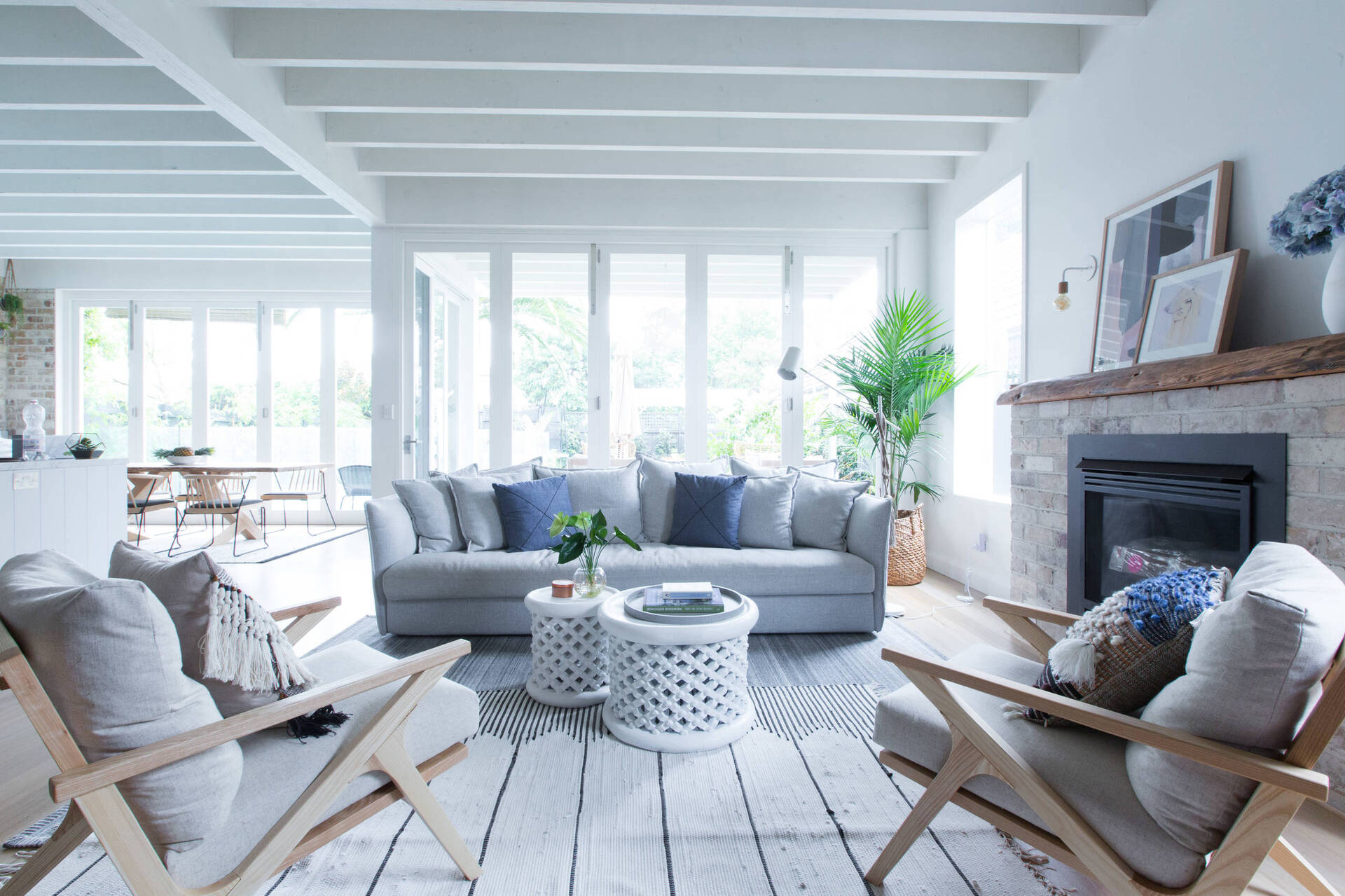
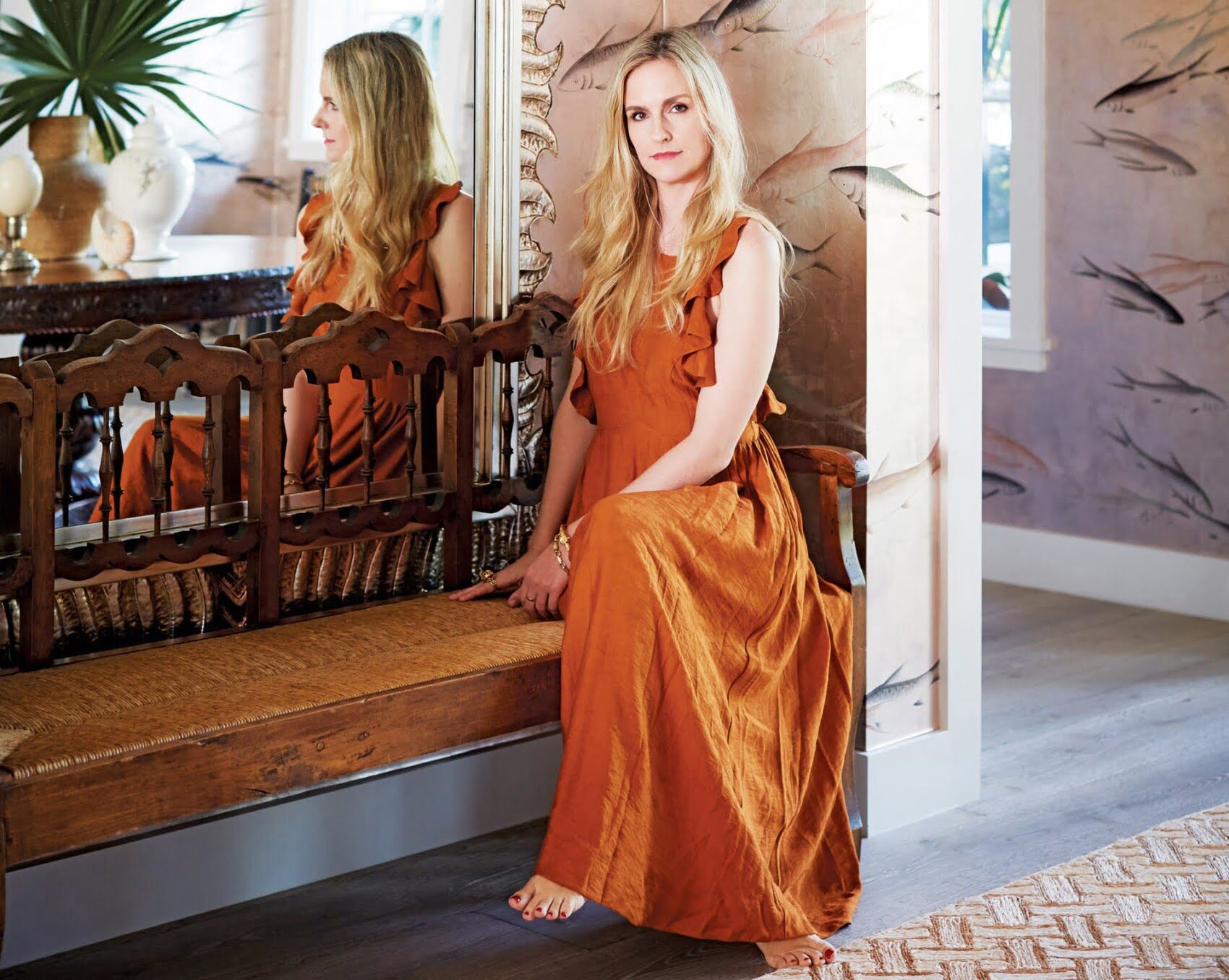
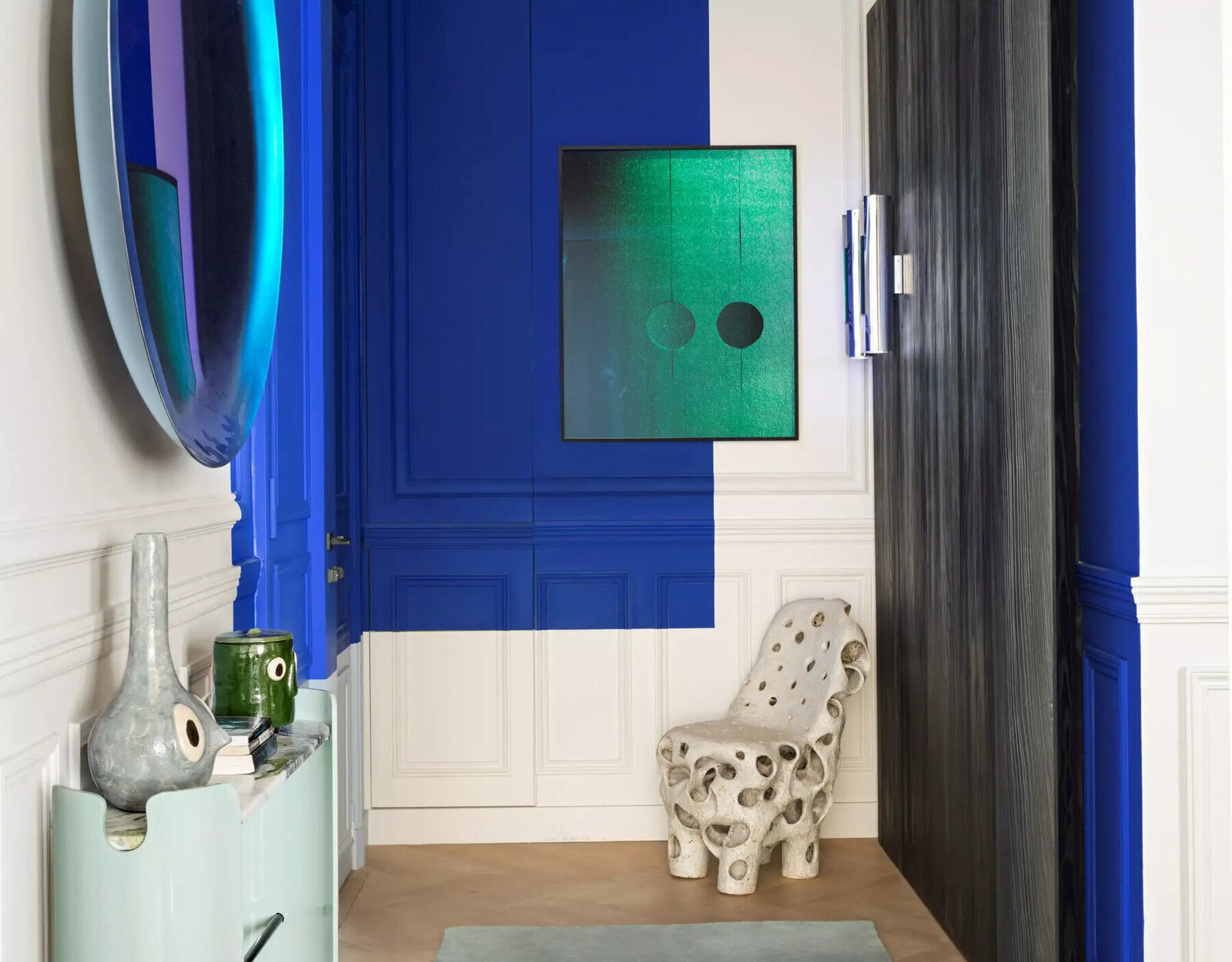
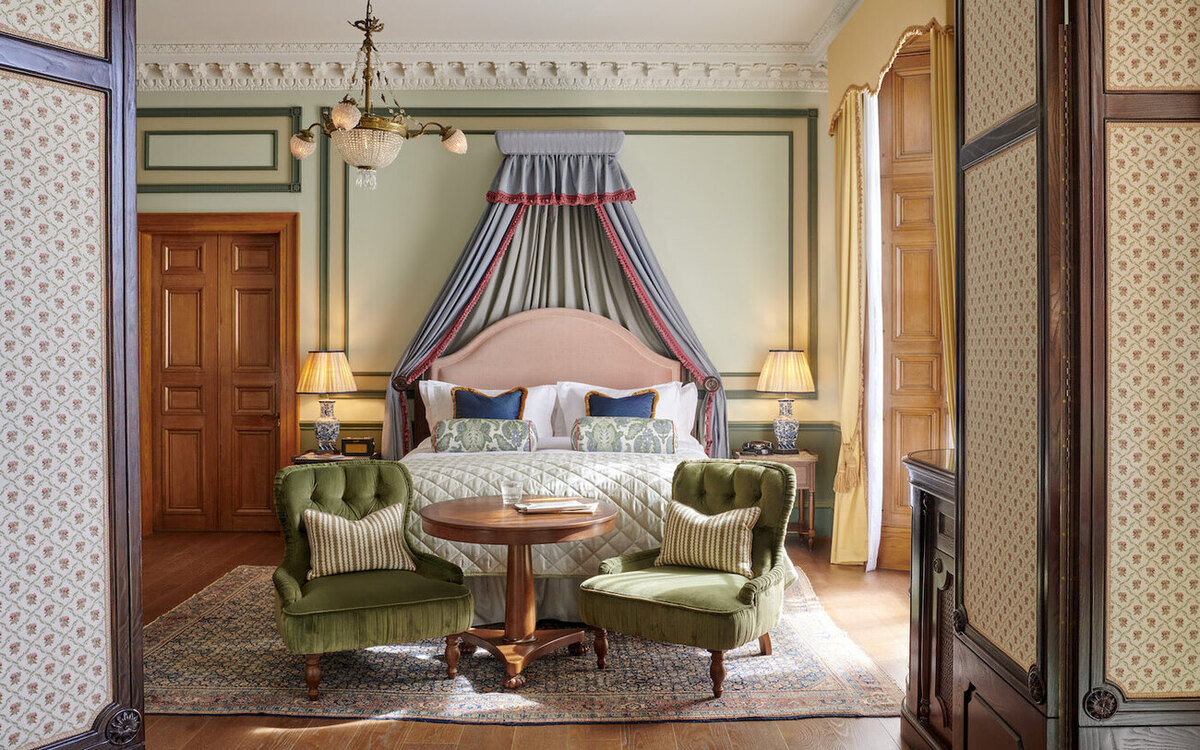
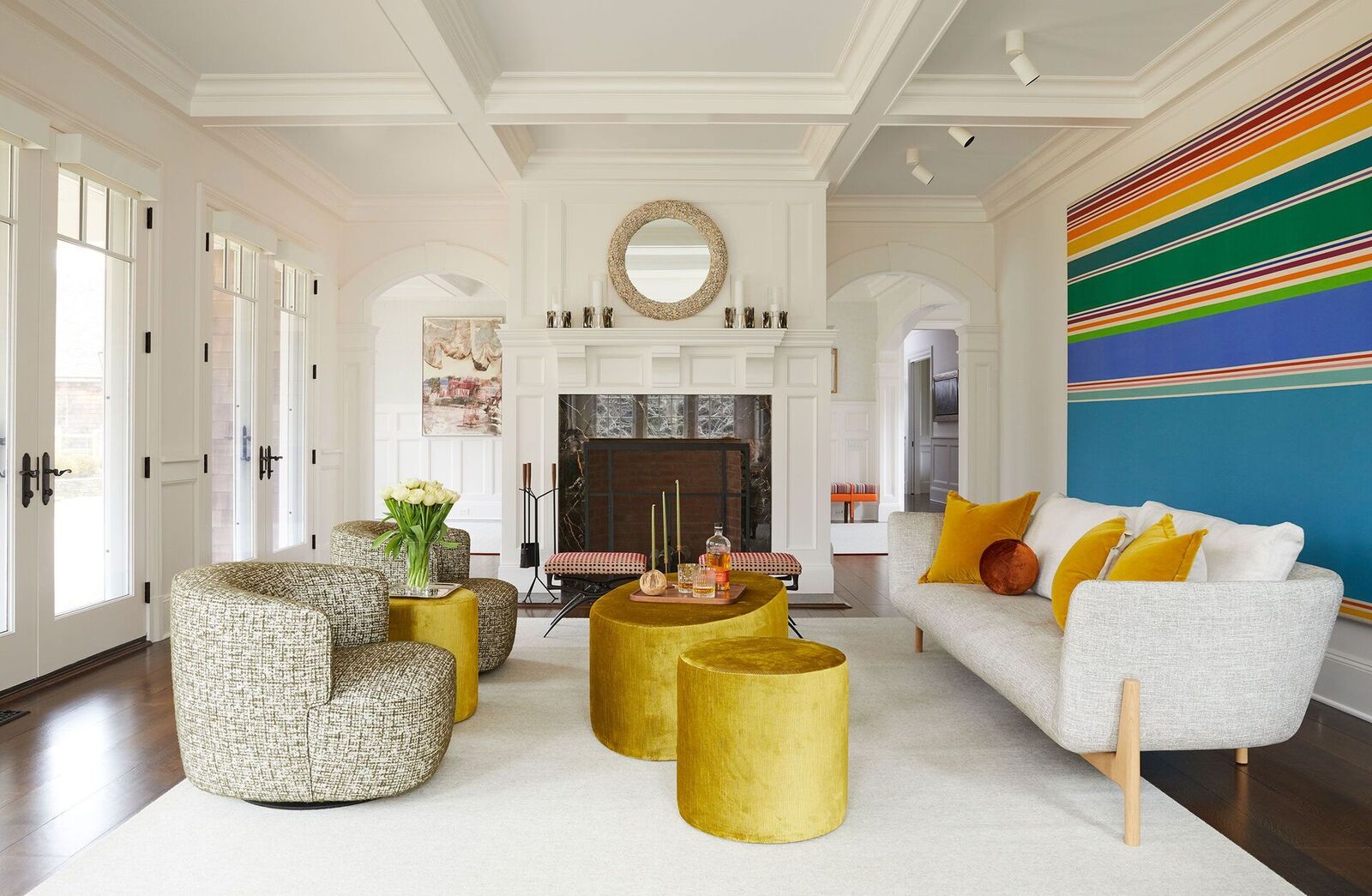
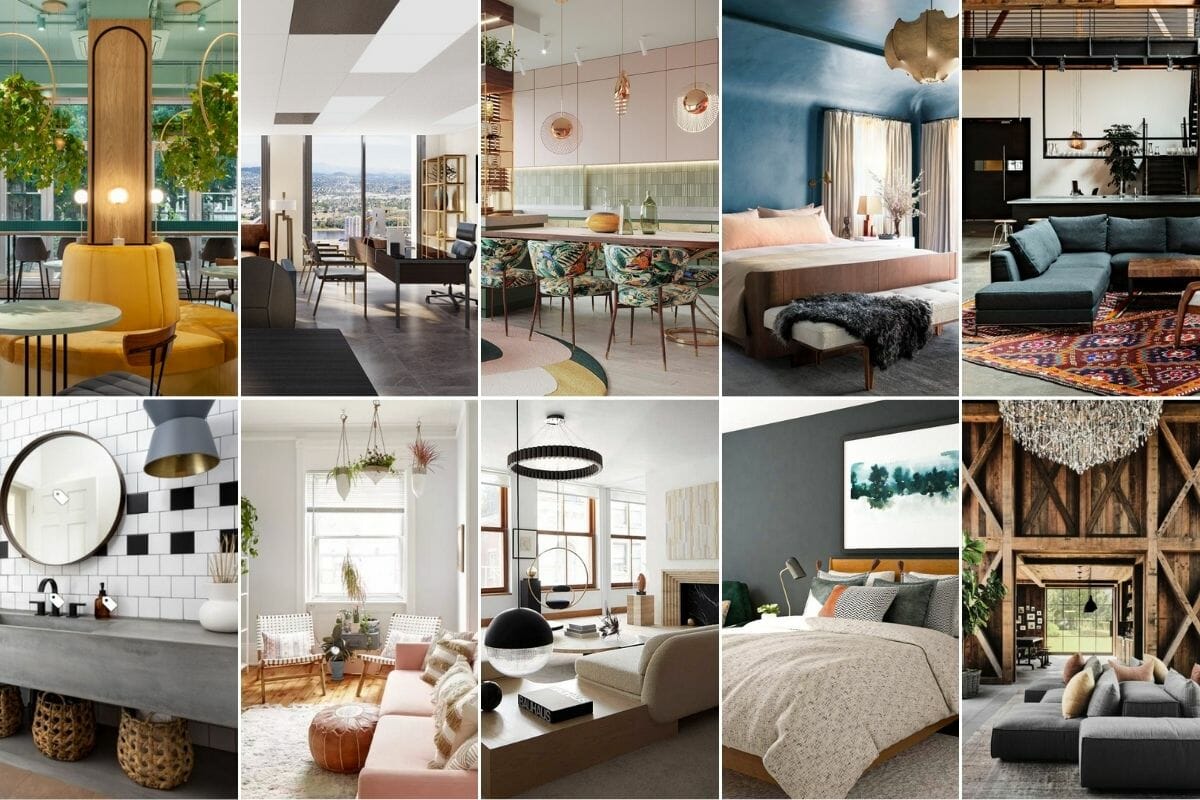
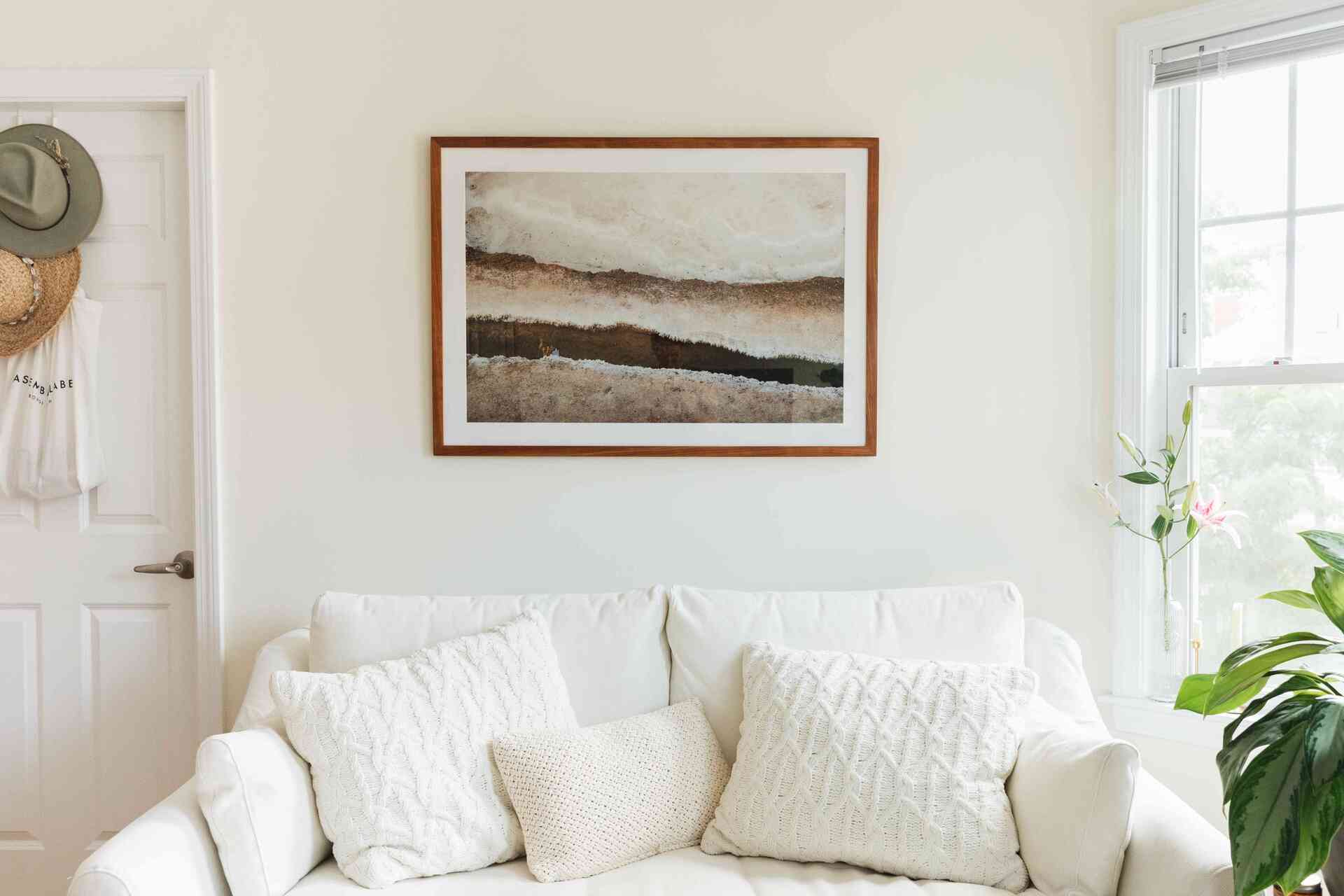
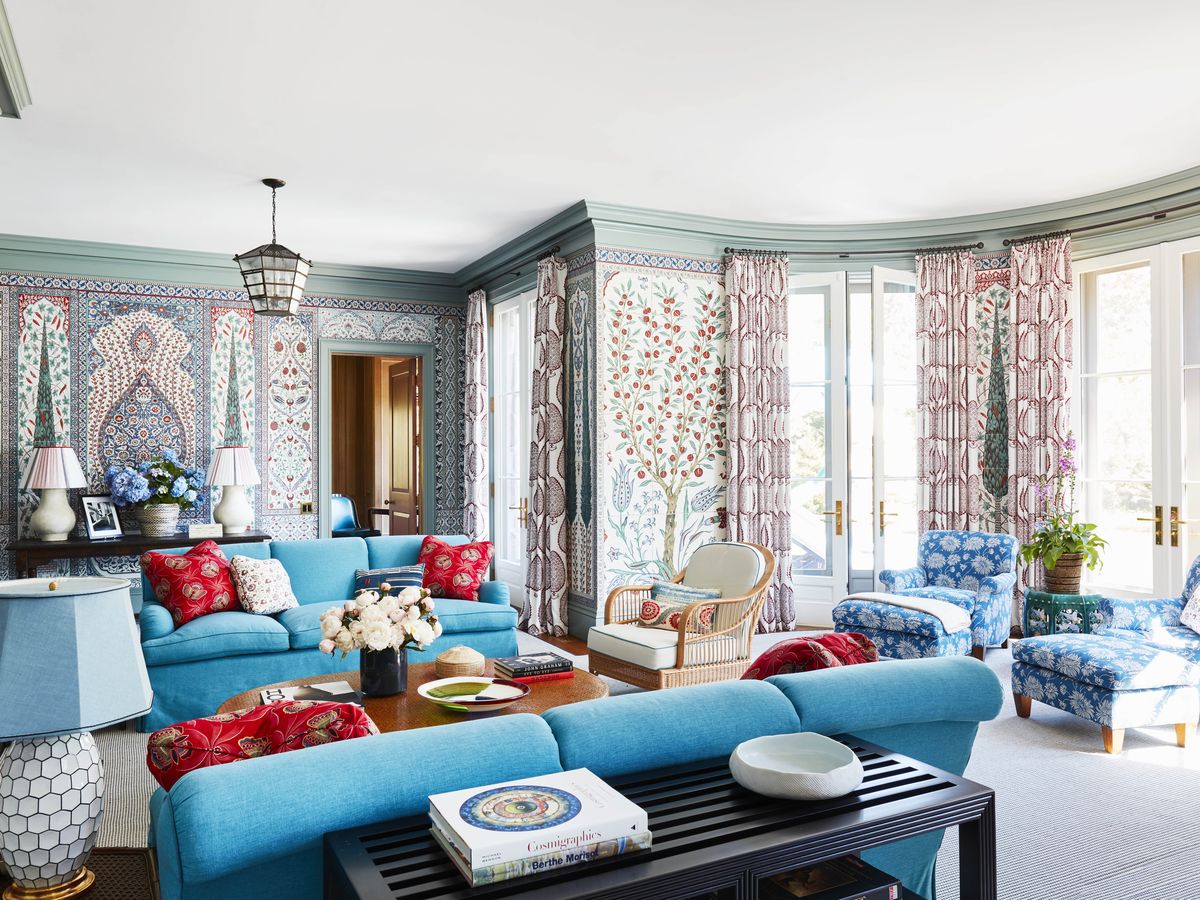
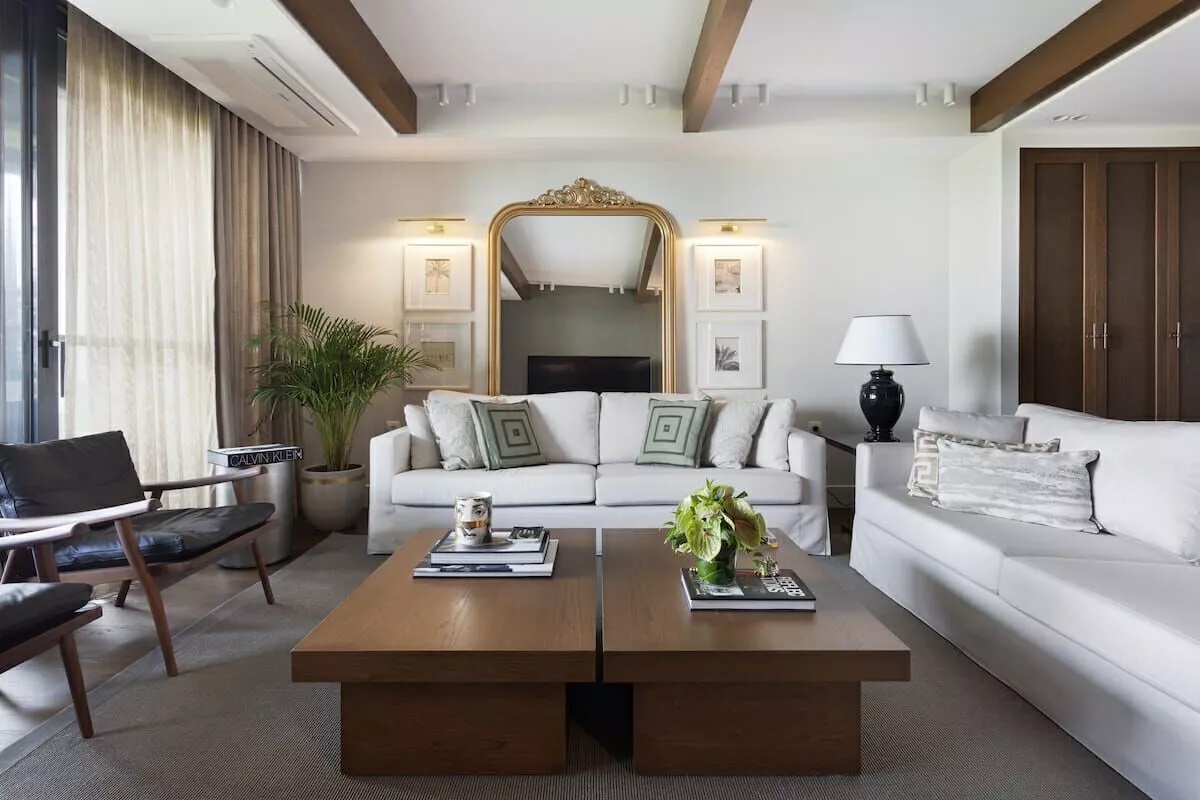
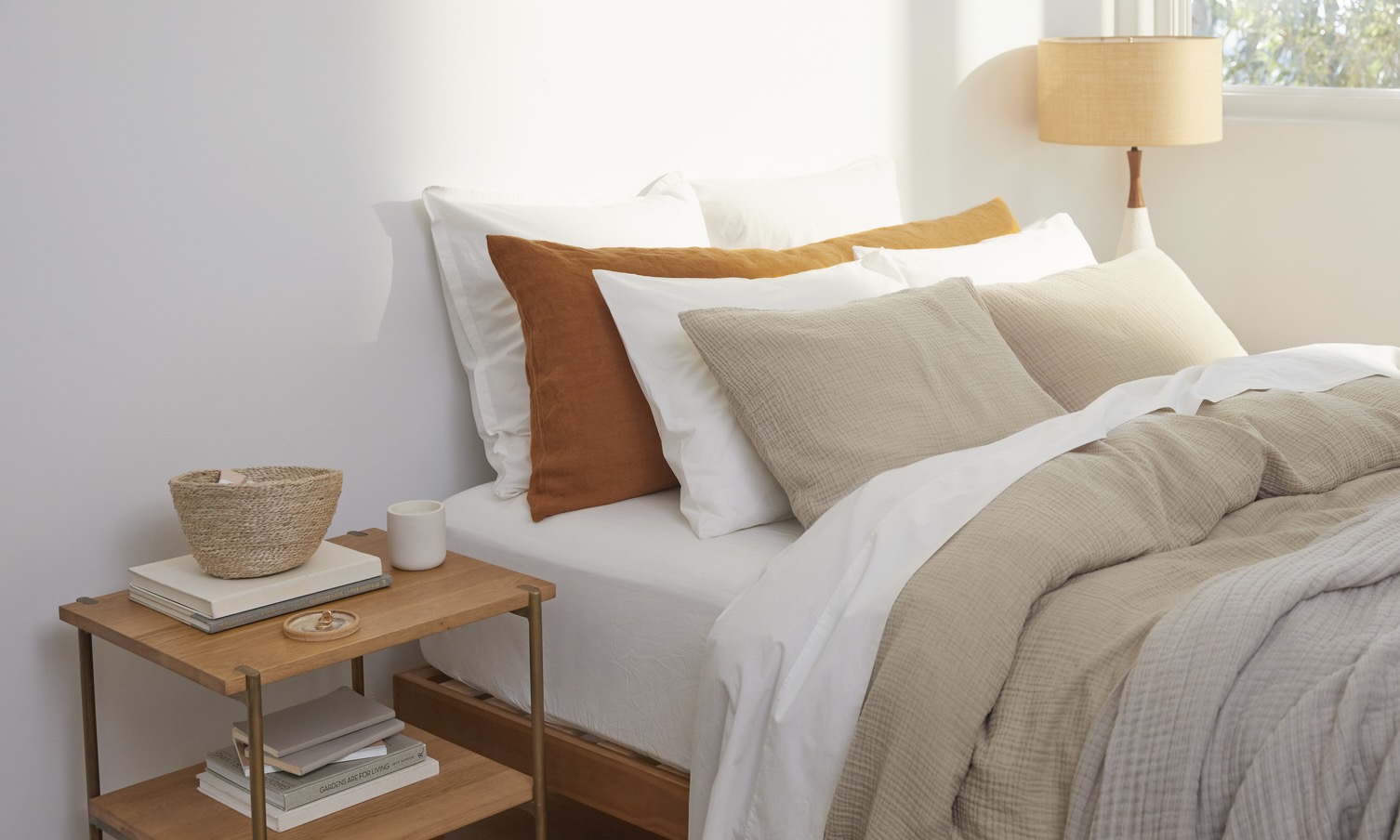
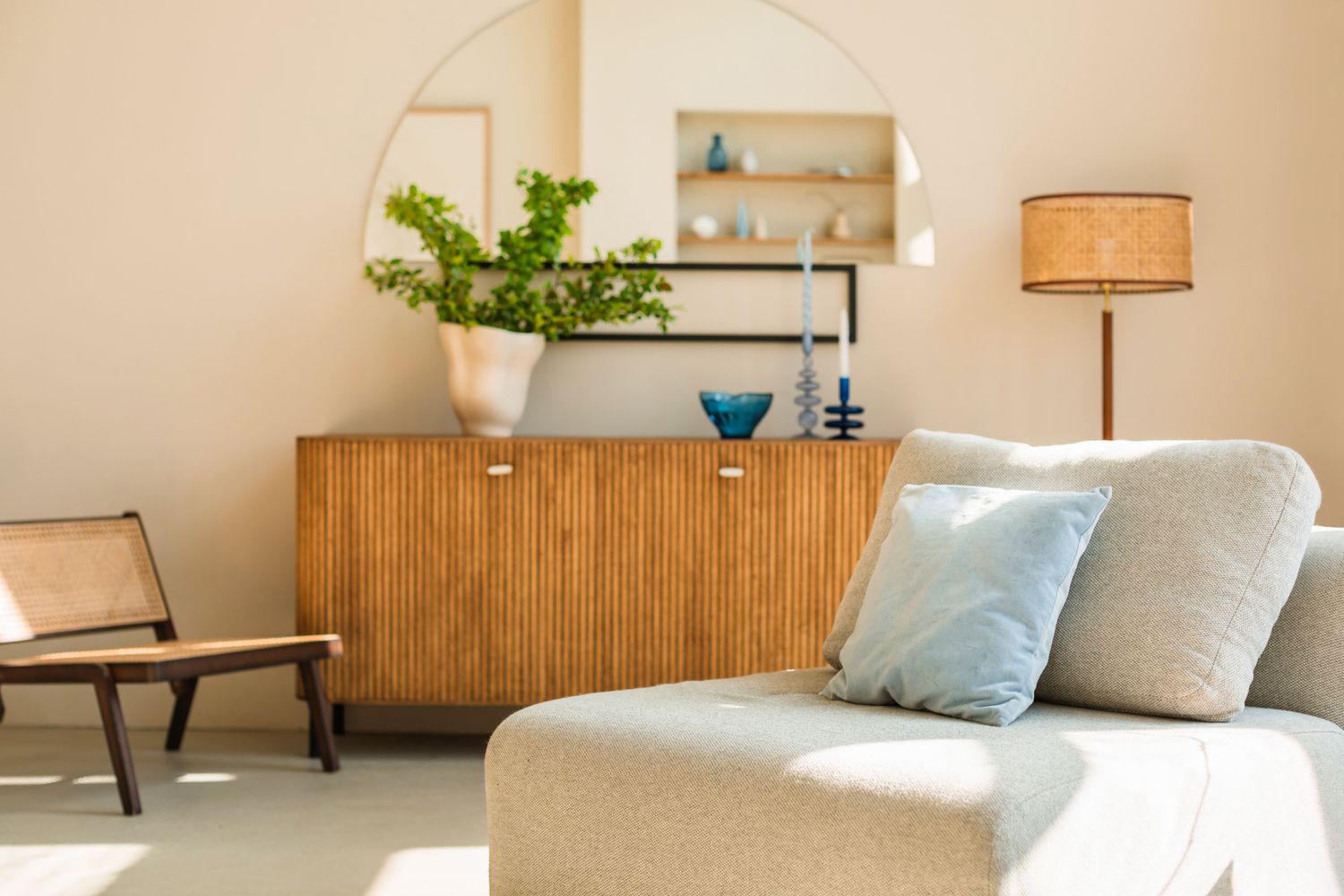
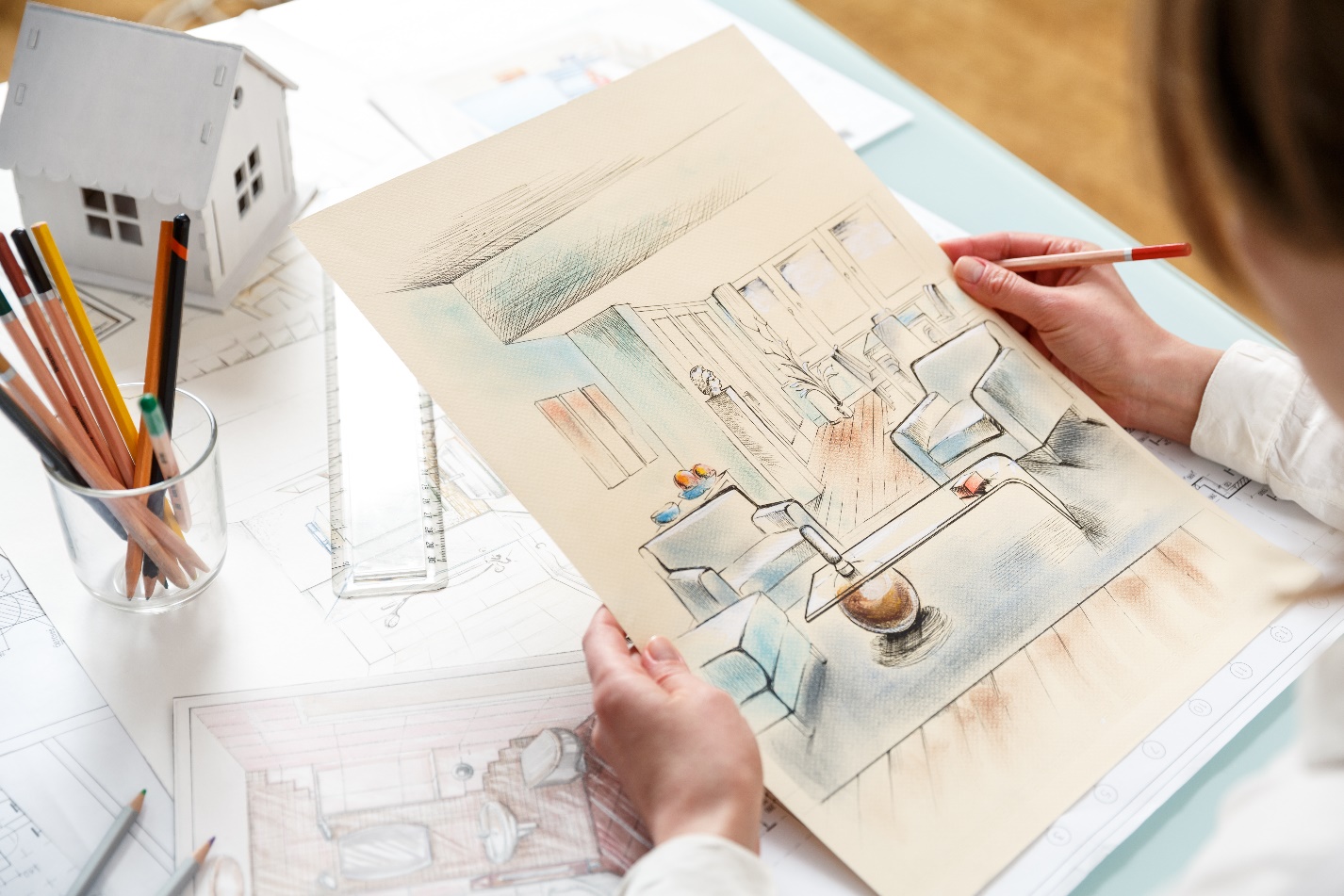

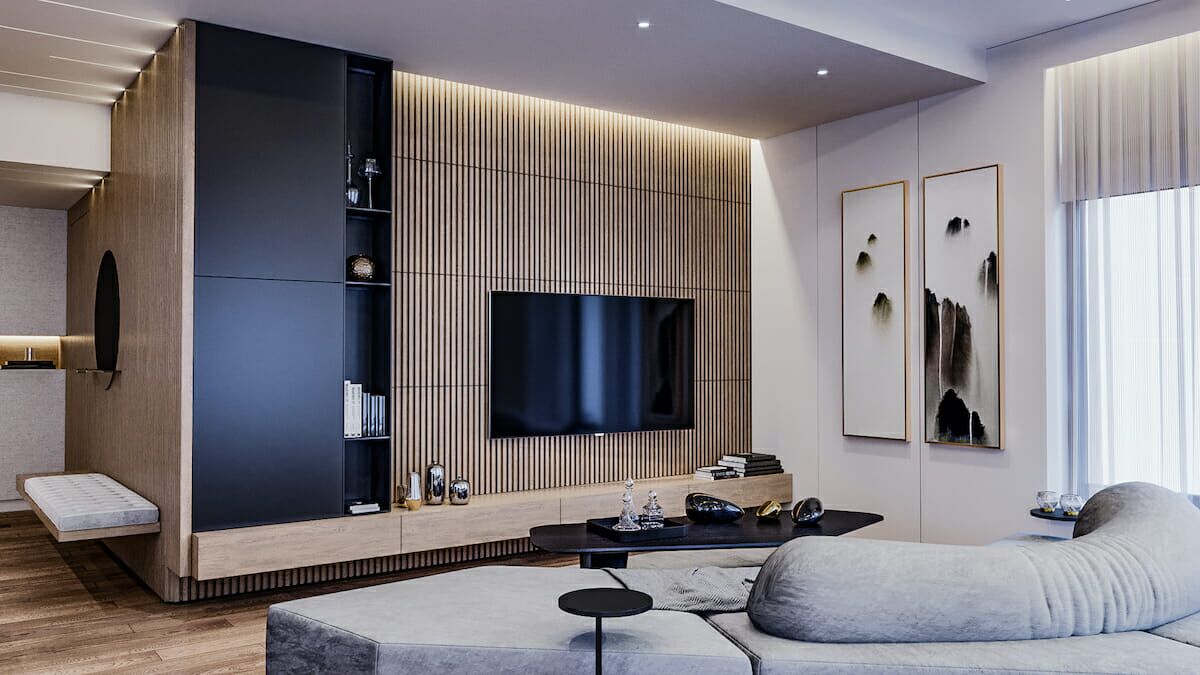

0 thoughts on “7 Basic Interior Design Rules From The World’s Best Designers”